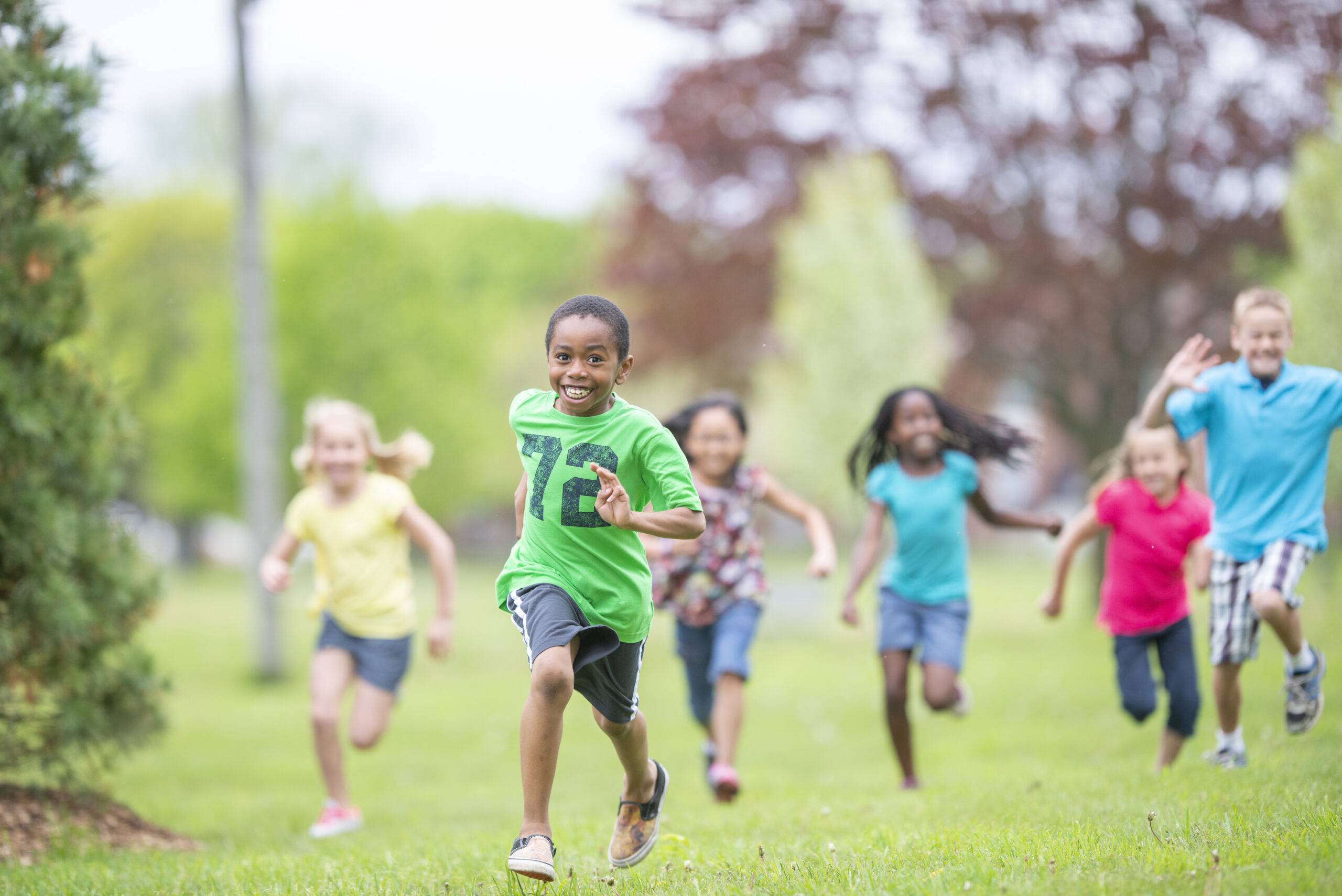
Studying childhood obesity: Your family could help researchers move science forward
Sponsored by LSU’s Pennington Biomedical Research Center
LSU’s Pennington Biomedical Research Center is home to the top scientists in the world who are studying one of the most pressing health issues in our country – childhood obesity. Despite ongoing efforts, childhood obesity rates have continued to soar over the last 10 years, with about 1-in-5 children affected by obesity. To move the science forward, Pennington Biomedical invites parents to enroll their children in clinical research trials.
Parents can be assured that these studies are non-invasive and primarily involve the collection of measurements, including height and weight, food intake and amount of physical activity, along with body scans. Participants are encouraged to implement behavioral interventions and they receive resources to help fight obesity, as well as compensation.
Baton Rouge librarian Kytara Christophe took part in a 2017 study involving whether the diabetes drug Semaglutide was effective for weight loss. The experience was overwhelmingly positive, and Christophe began looking for a study that was a good fit for her and her daughter, who was in middle school at the time.
They were selected to serve on a family advisory board that explored more effective ways to encourage others to participate in research trials. “There are these misconceptions – all clinical trials are not about testing medications on you,” Christophe says. “The researchers were talented, caring and humble, and they really had a genuine interest in what we thought.”
Parents who are interested in participating in a clinical research trial themselves or enrolling a child can find more information online at pbrc.edu/clinicaltrials or by calling 225.763.3000.
Meet some of Pennington Biomedical researchers and learn more about their work and accomplishments.
Dr. Amanda Staiano

Staiano, director of pediatric obesity and health behavior, recently served on the American Academy of Pediatrics committee that issued its first comprehensive guidelines in 15 years on evaluation and treatment of children and adolescents with obesity.
Staiano has a specific interest in using technology to promote physical activity and healthy behaviors and was principal investigator in a study involving exergaming, or technology-driven physical activities. Her other current trials utilize technology for behavior change, including developing and testing a mobile app for parents of preschoolers to increase children’s physical activity and improve self-regulation skills and the use of telehealth counseling in a primary care-based pragmatic trial of children with obesity.
Dr. Robert Newton Jr.

Newton’s interests center on addressing health disparities in African American children, adults and older adults.
Newton, professor of physical activity and ethnic minority health, recently secured a $214,000 grant from the National Institutes of Health to explore whether African American fathers can serve as catalysts for improving their children’s health. The study will analyze the degree to which fathers can influence their children’s health by incorporating exercise into family activities.
Dr. Leanne Redman

Redman, director of the maternal and infant research lab, is studying the body fat and metabolism of infants to learn more about what a person’s metabolism is like when they’re born and how it changes throughout their growth and development.
In Redman’s studies, researchers first take a measurement of the infant’s body fat percentage by placing it inside a Pea Pod, an enclosed oval-shaped chamber that measures how much air volume the baby takes up inside the pod compared to the baby’s body mass.
The second measurement is newborn metabolism. Pennington Biomedical is home to the only metabolic chamber in the world sized for infants. To obtain the measurement, the baby is placed inside the clear metabolic chamber, allowing researchers to capture the infant’s entire metabolic cycle. By measuring the amount of oxygen the baby breathes in versus carbon dioxide it breathes out, researchers can estimate how many calories the baby is burning.

